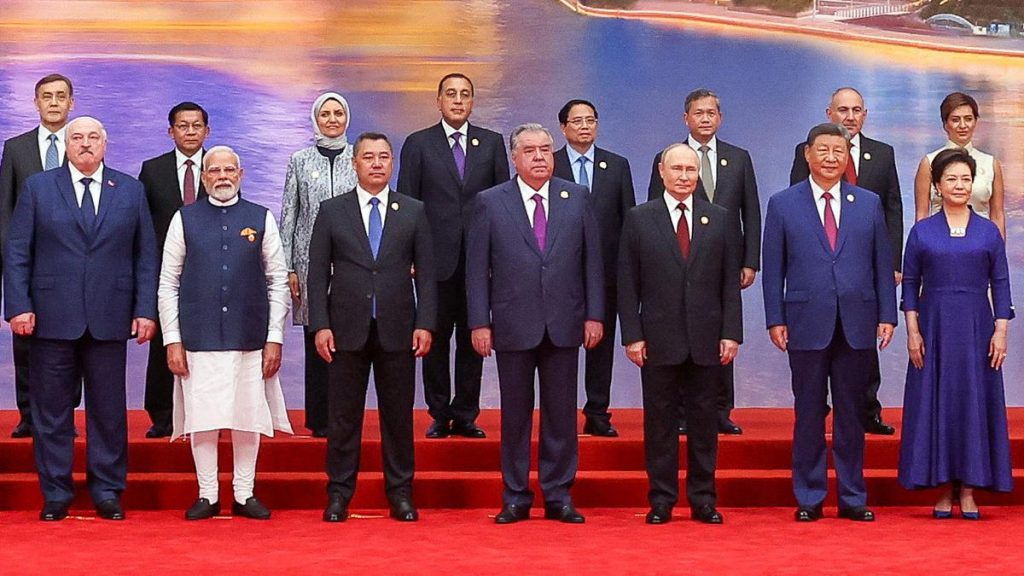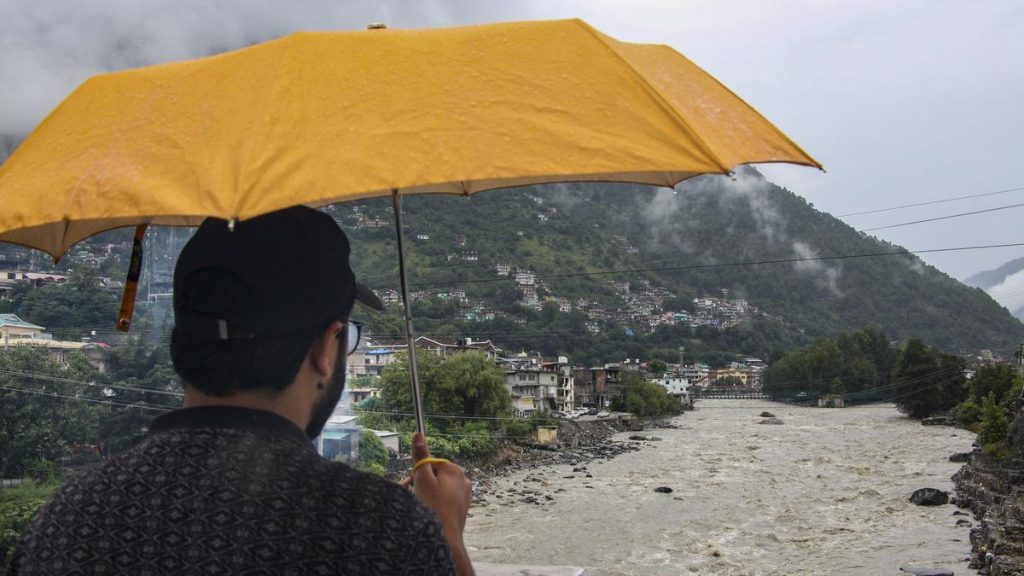Now Reading: Global Horror Gems That Outshine Hollywood Thrills
-
01
Global Horror Gems That Outshine Hollywood Thrills
Global Horror Gems That Outshine Hollywood Thrills

Swift Summary
- Foreign-language horror films, including from Japan, South Korea, Thailand, Indonesia, and Iran, are proving to be scarier and more innovative than many Hollywood productions.
- Noroi: The Curse (2005) uses “found footage” as a faux documentary about paranormal investigations; praised for its unsettling pacing.
- Train to Busan (2016) delivers a heart-wrenching zombie film set inside a train during South Korea’s outbreak crisis; notable for its emotional depth and claustrophobic intensity.
- Shutter (2004) combines ghostly hauntings with photography-based horror in Thailand; the original succeeds where Hollywood’s remake falls short.
- Under the Shadow (2016) blends supernatural elements with real wartime struggles in Tehran during the Iran-Iraq War; features psychological and metaphorical horror driven by repression and fear.
- Films like Verónica (Spain), inspired by real-life events around Ouija boards, showcase relatable characters navigating grief amidst terror.
- Taiwan’s record-breaking horror flick Incantation delves into religious taboos thru compelling found-footage filmmaking techniques while incorporating cultural specificity.
- South Korea’s critically acclaimed The wailing mixes crime drama with ancient folklore in a rural village setting for an intense two-and-a-half-hour experience.
Indian Opinion Analysis
India has historically embraced storytelling that merges supernatural lore with everyday life-mirroring trends seen in foreign horror films highlighted here. the global rise of culturally embedded horrors such as those found in Korean or Thai cinema will likely resonate well within Indian audiences who appreciate rich mythological textures coupled with modern adaptability.
Additionally, these films’ innovative use of confined settings like trains (Train to Busan) or homes (Shutter) can inspire local filmmakers to push boundaries within India’s burgeoning film industries beyond classic tropes of Bollywood thrillers.
The growing accessibility of these titles on platforms like Netflix could influence India’s younger consumers who seek experimental narratives over formulaic scares-a challenge but also an opportunity for diversification within India’s own cinematic expressions. As streaming services dominate regional markets here too, greater exposure might foster collaboration across Asian nations’ filmmaking traditions.for enthusiasts exploring artistry outside typical western exports: India stands compatible enough culturally yet distinctively positioned business-wise amid this ‘global cinema network era.’


























